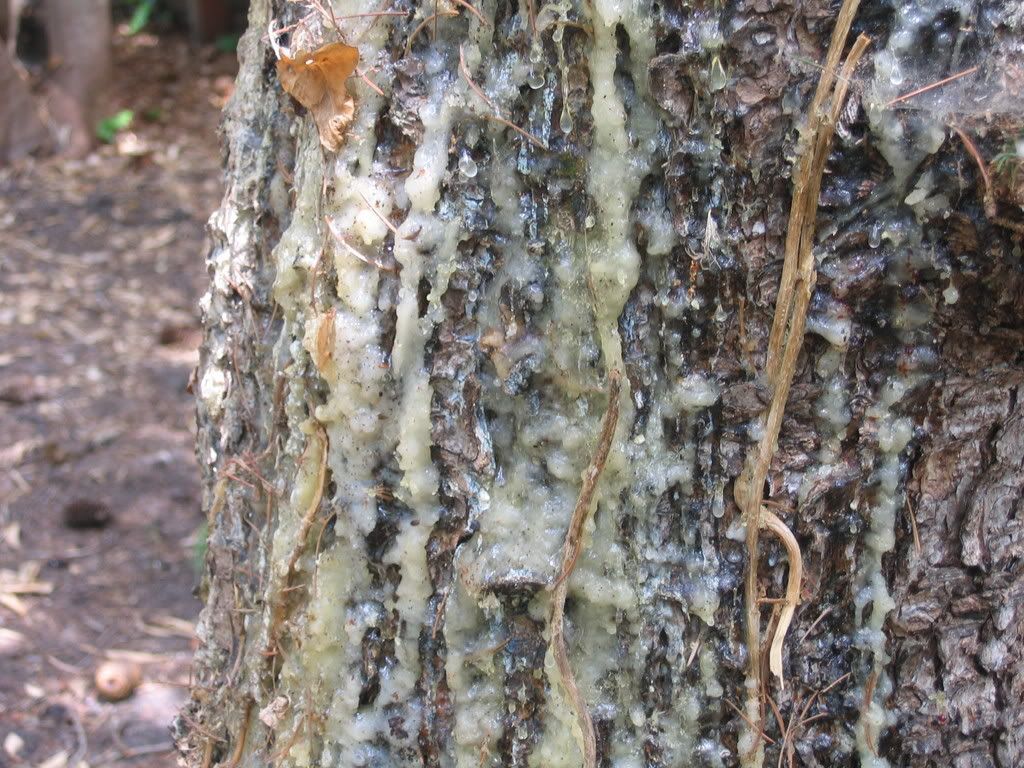We've had a couple sessions with regional pathologists. They say that one needs to clearcut fifty feet beyond the last infected tree if you are trying to make an area safe, like along a road or campground.
The district finally got the go ahead and clearcut a small area near the school, along the road that the schoolbusses go on. We couldn't sell it for logs, and we weren't allowed to sell all of it, but were able to make a firewood sale out of it.
Hazard tree removal along the main roads is supposed to be a priority but it isn't moving along very well. It took getting a guy killed to finally get some action. The people in charge say it is a priority but then don't do anything because there is no budget for it. A local faller tried to volunteer to do it for free, but he was told he'd have to get certified, and could not get certified for trees above 24 inches dbh. So that was a no go. Finally, enough funding came through to do 6 miles. Some of those trees were also sold as firewood a month or so ago.
Root rot pockets are all over, and the last timber sale we sold had borax application in the contract. It also had the marking of the infected tree stumps required. Now, can one identify infected trees when operating a feller buncher? And, will the operator be willing to get out of the machine to mark the stumps? Those are a couple more things to throw into the discussion. Some guys like to get out and stretch their legs, others do not.

Such things will drive you crazy. I am sleeping much better since retiring.
Oh, there is much less defect in the second growth stands, and better utilization. I did find some excessive long butting at times, and also when a processor is used on the landing, there is more. When the market crashed, the mills became pickier.
Gotta watch that.







